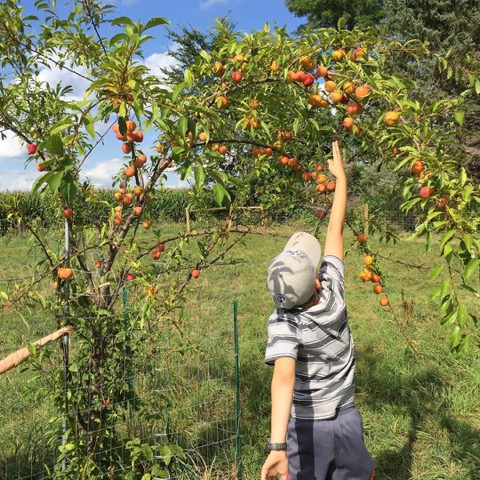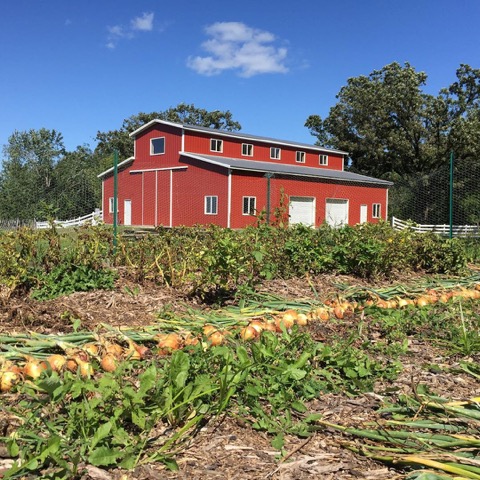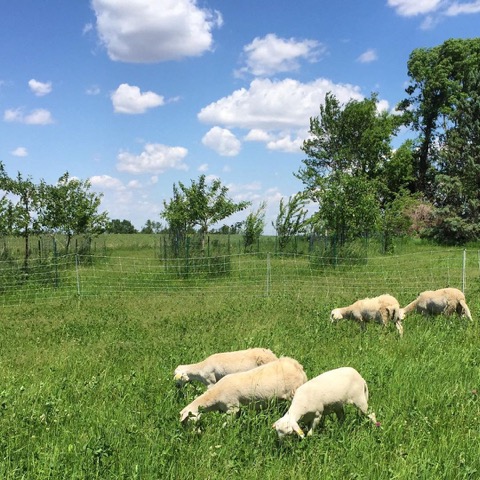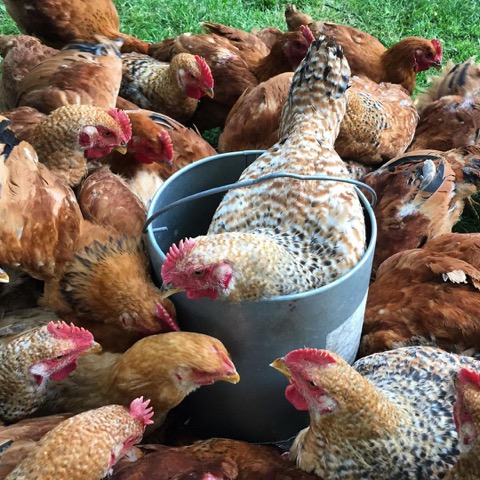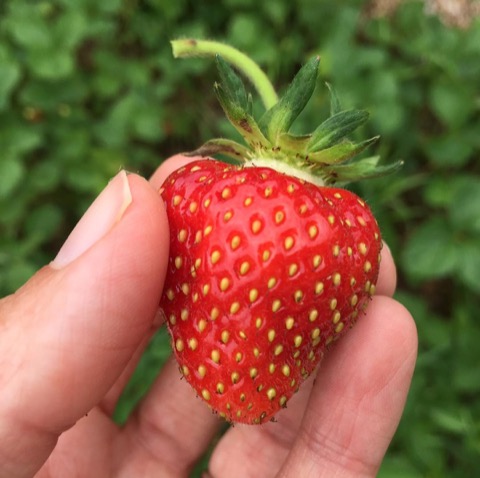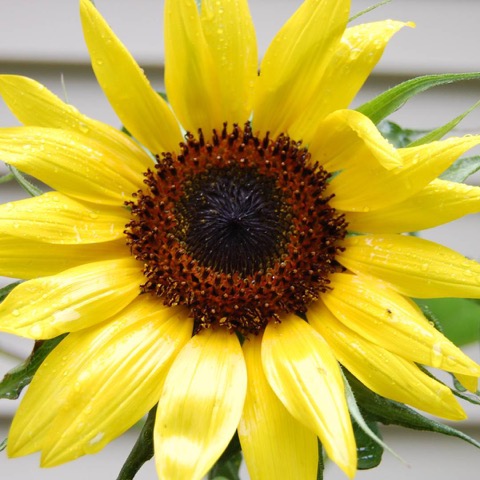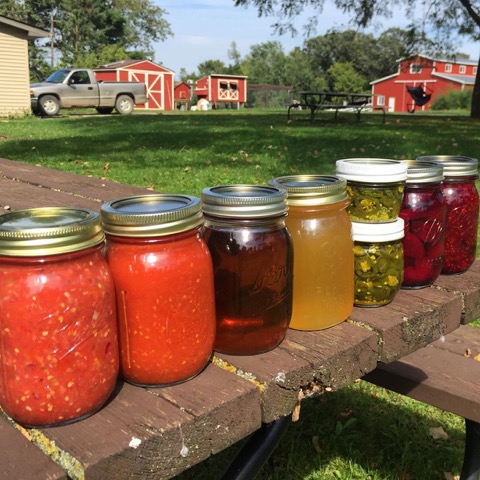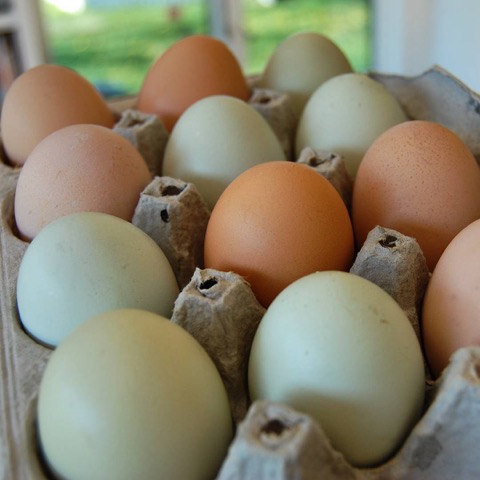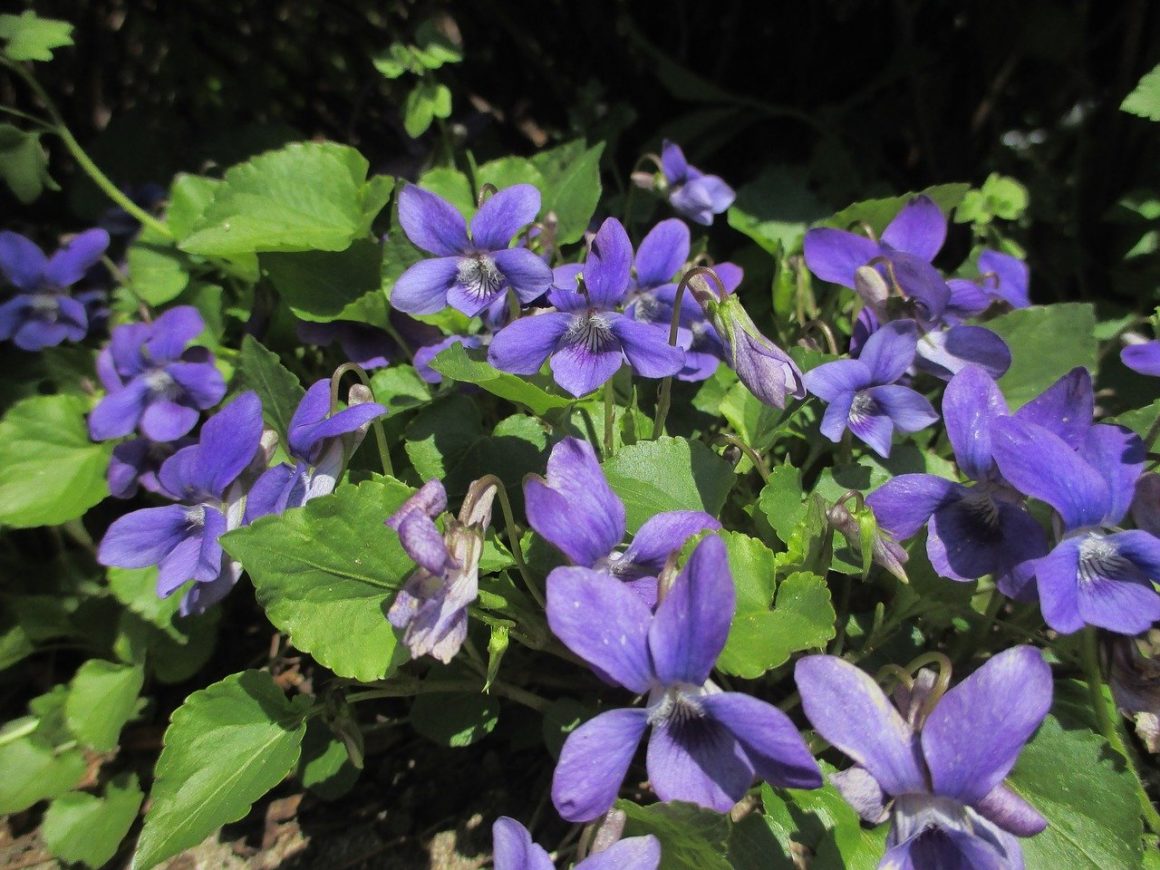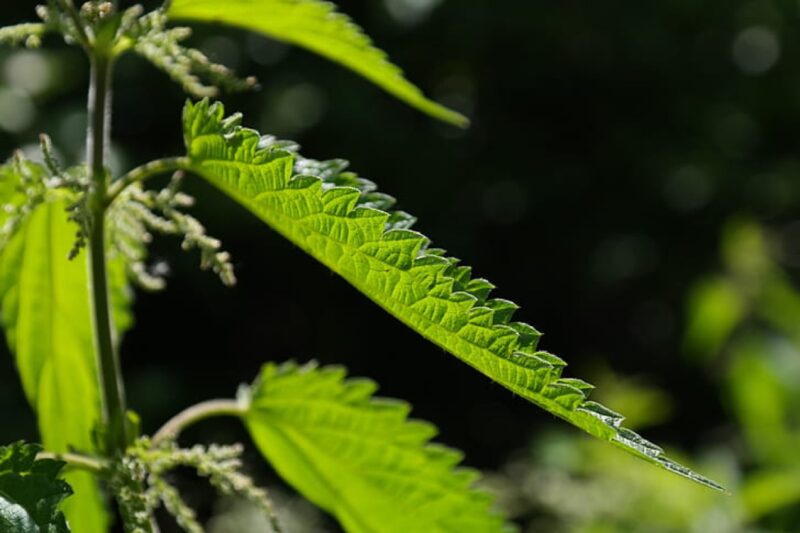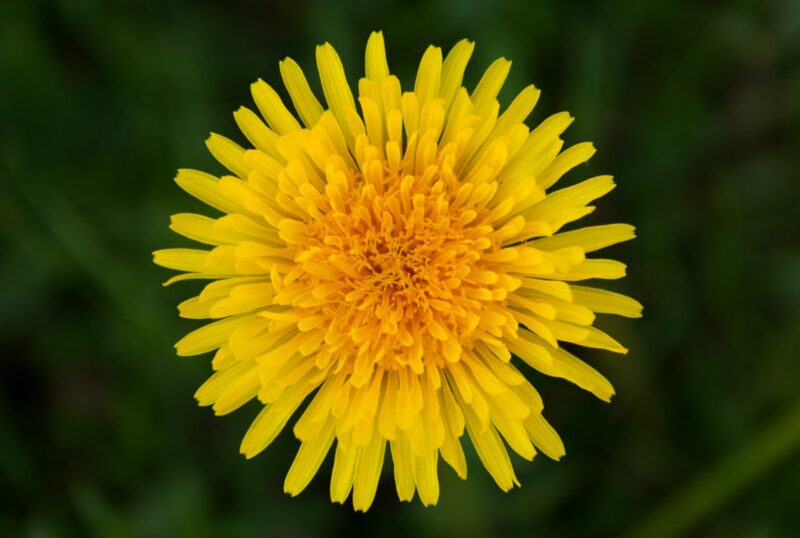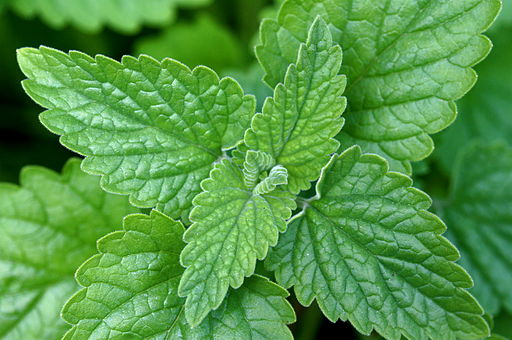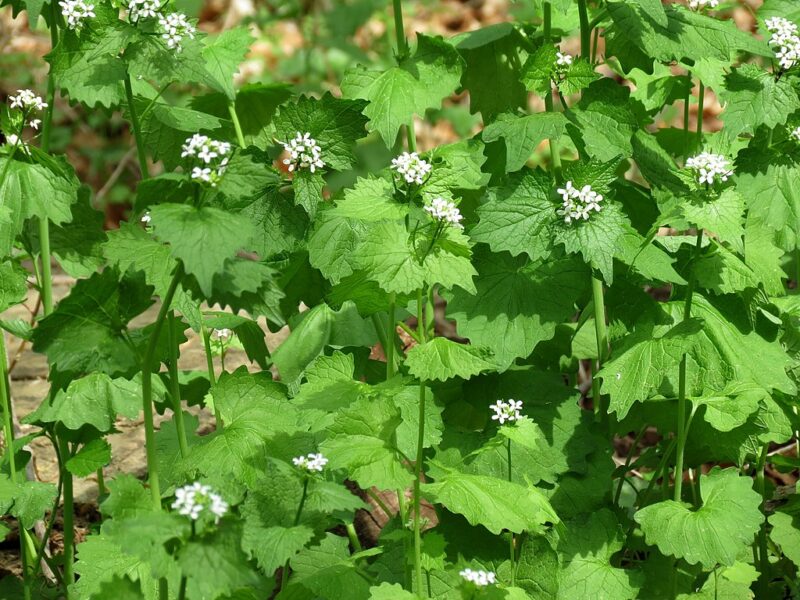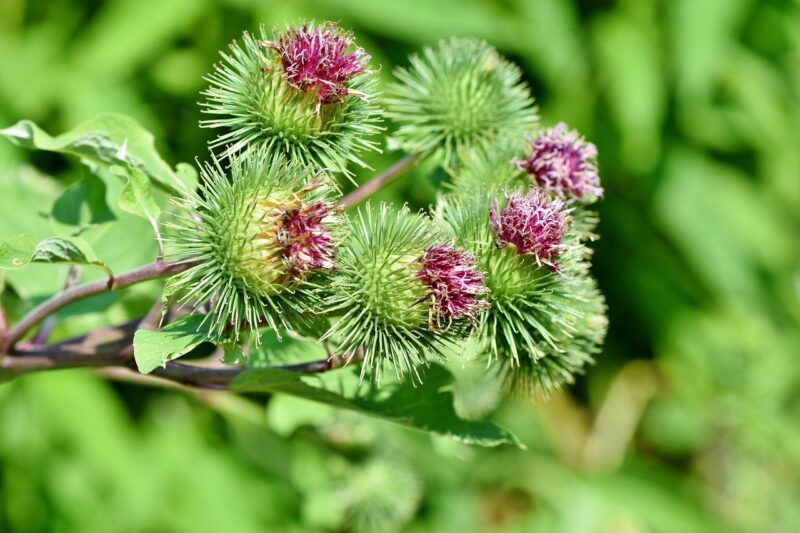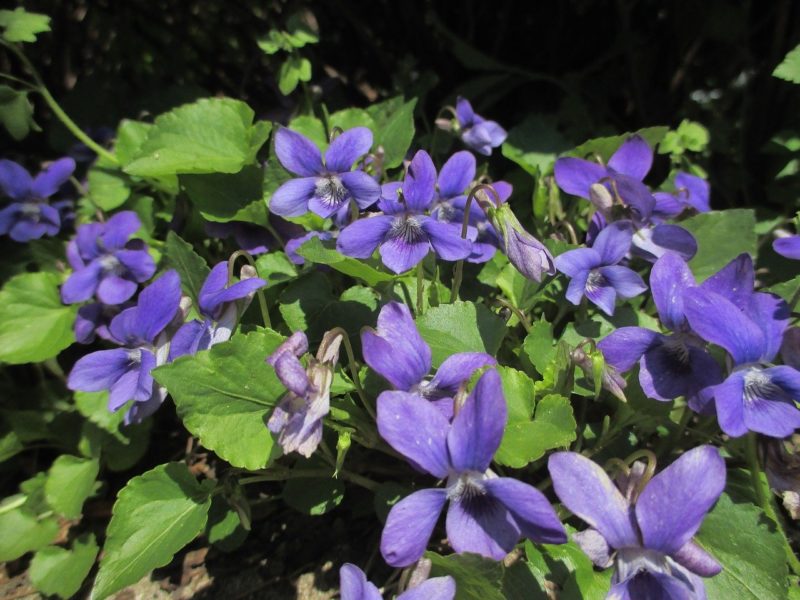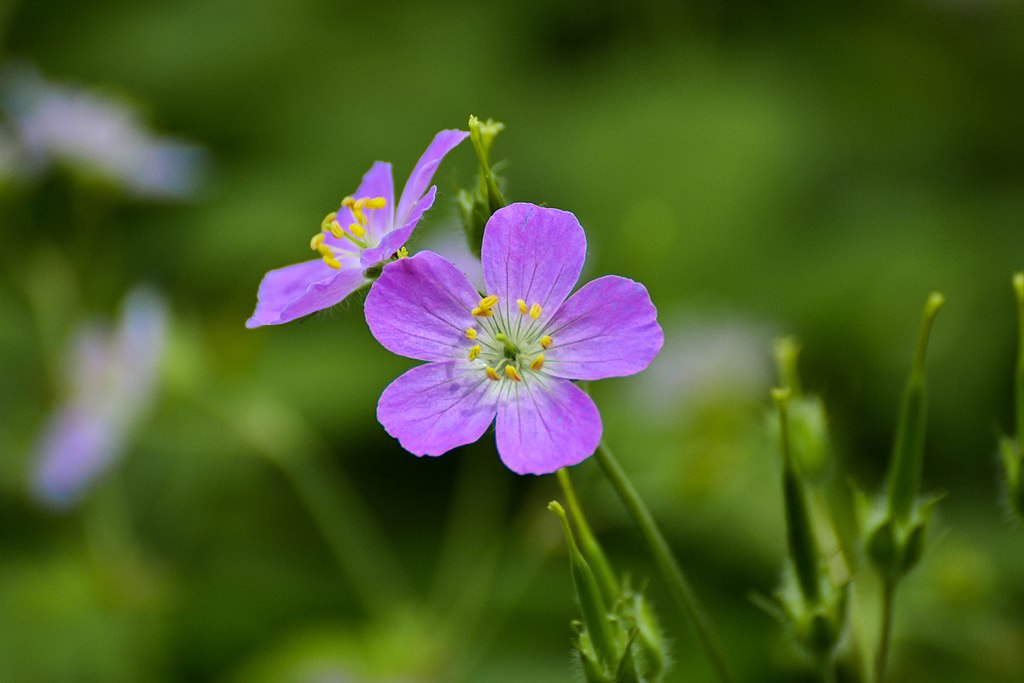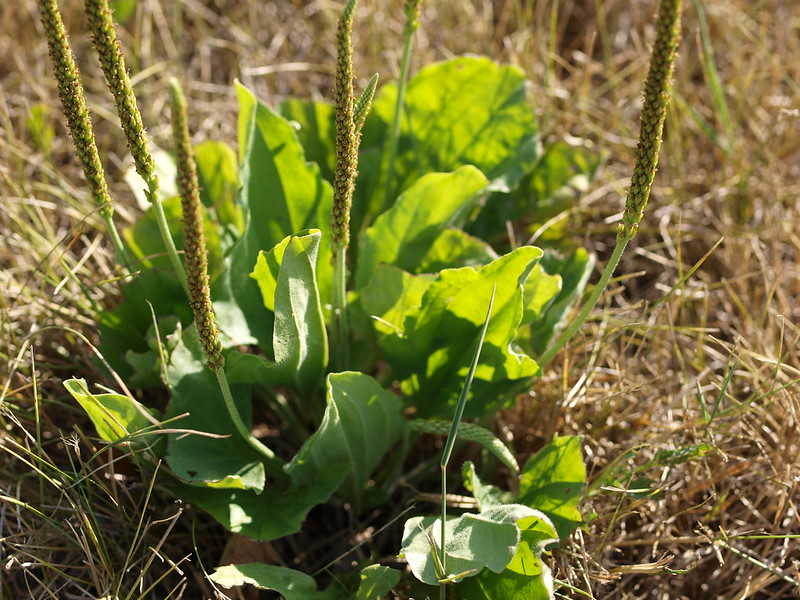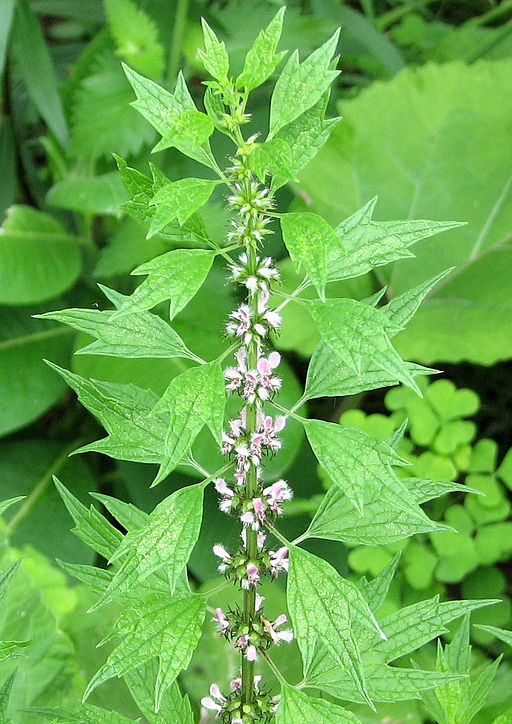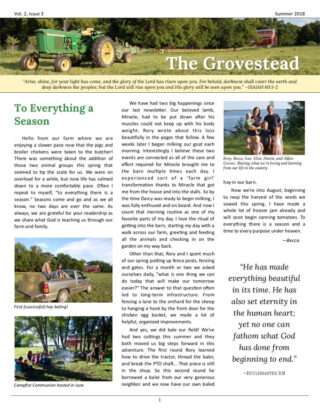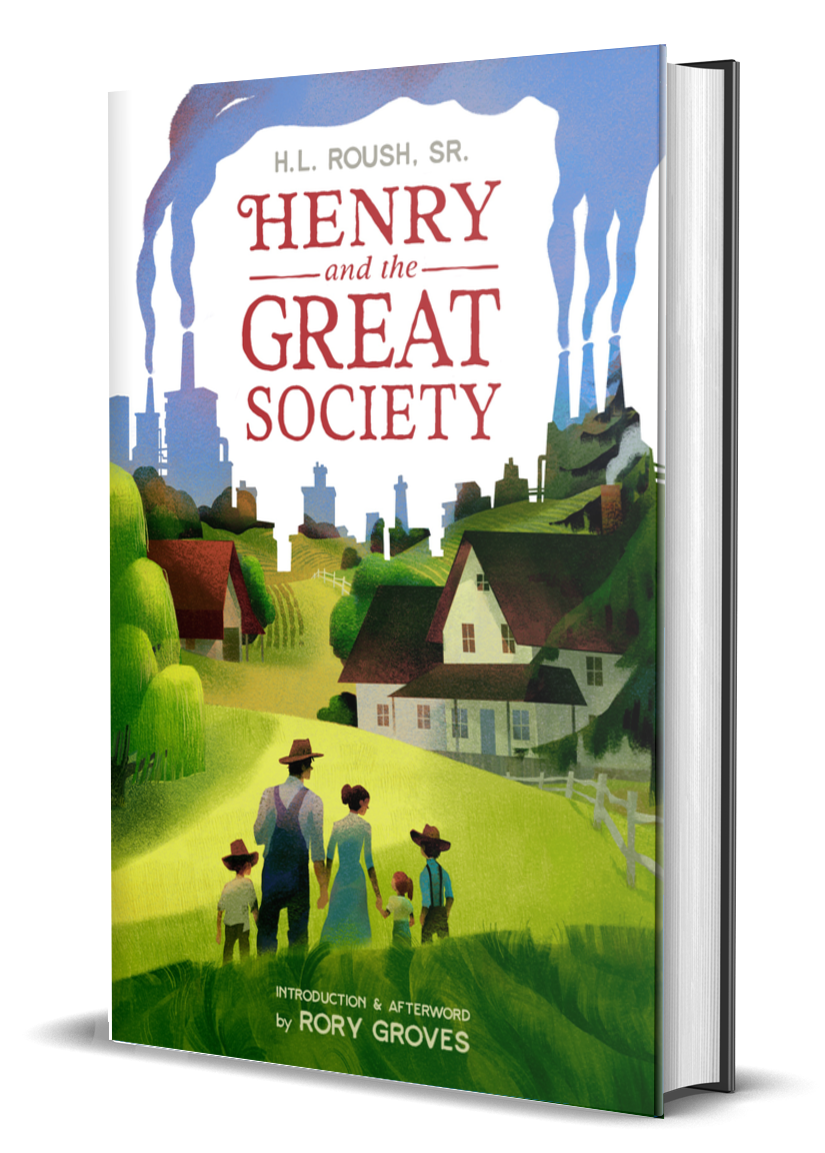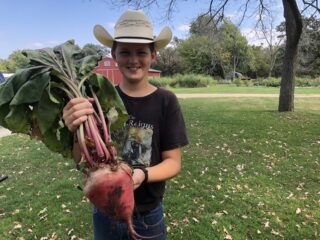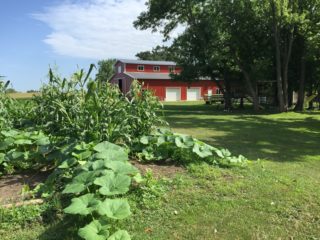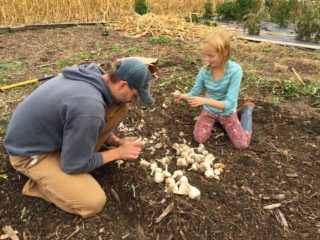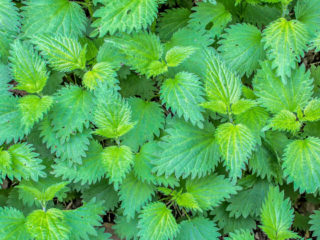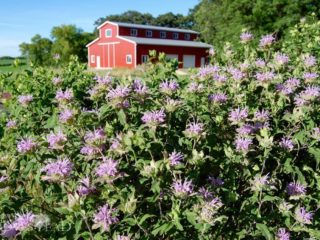Want to enjoy the benefits of medicinal herbs without planting a seed? You can try foraging in any local park, woods or prairie today. This entry is part of a series on Medicinal Gardening by one of our interns, Jenny Cunningham.
Spring is a wonderful time of the year to get outside, enjoy nature, and collect spring medicinal plants. Many of these plants are edible and contain many vitamins and nutrients, as well as containing medicinal benefits.
The beauty of collecting wild plants, or wildcrafting, is that most of them are considered weeds and it is almost impossible to over-harvest.
Just to clarify a weed is defined as any plant in an unwanted space. So as long as you “want” it, a plant is not considered a weed. I spent many years as a gardener classifying many medicinal plants as weeds. I didn’t know any better. Many gardeners are convinced of these things by what our society says is important or beautiful.
Especially the poor lowly dandelion, which is so useful medicinally. So much so that all parts of the dandelion are used in herbal medicines. Each part has its own unique symptom that it treats.
In European history, as well as North American history, Spring edible herbs and plants were used for many medicinal benefits. They were also sought for their high content of vitamins, minerals, and nutrients. They helped to stimulate digestion, purify blood, cure scurvy and ague, combat rheumatism, and repel kidney stones after a long cold winter of inactivity.
Today, more than ever, we still can reap the benefits these plants have to offer us.
Medicinal plants you can forage right now (Spring):
Note: Please make sure you are comfortable with plant identification before foraging for wild herbs so you do not mistakenly harvest something endangered or poisonous. This is provided for informational purposes only and not as a recommendation to treat any disease. Consult with your doctor before starting any herbal regimen.
Nettles
Packed with vitamins, minerals, and nutrients, liver cleanser, and moistening herb. Handle only with gloves, the stems will sting if touched directly. Cooking removes all toxins.
Where to Find: Near edges of woods
Dandelion
Digestion, moods, and ailments specific to the kidneys
Where to Find: In your yard!
Catnip
Calming sedative, treats hiccups (anti-spasmodic)
Where to Find: Open meadows
Garlic Mustard
Antiseptic used for healing ulcers and treating gangrenous wounds. Use like arugula for fresh eating
Where to Find: Alongside roads and forest edges
Burdock
Blood cleanser, bitter tonic, helps with constipation
Where to Find: Woods, roadsides, riverbanks
Wild Violets
High in vitamin C. Moistening, anti-inflammatory, respiratory issues (coughs and colds)
Where to Find: Shady places, alongside forests.
Wild Geranium
Astringent, high in tannins
Where to Find: Woods
Plantain
Use fresh for wound healing
Where to Find: Roadsides
Motherwort
Stops bleeding, cramping, heart conditions
Where to Find: Roadsides, vacant fields
